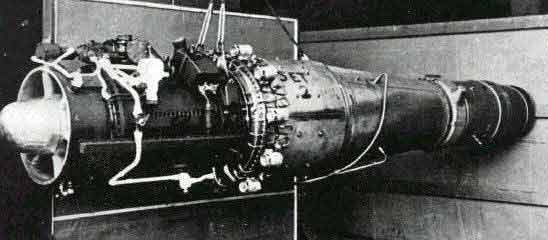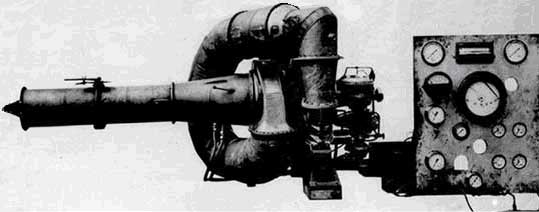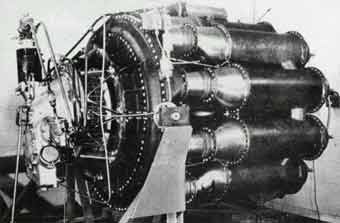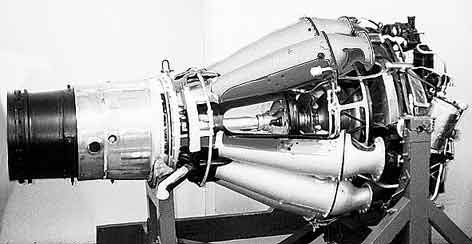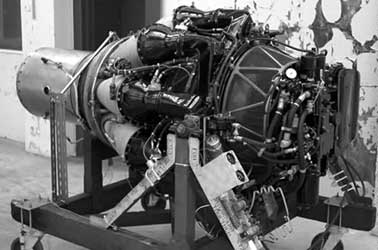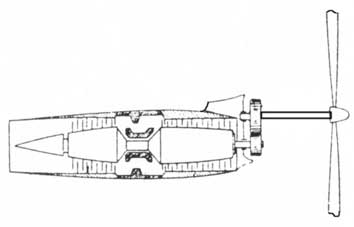Armstrong Whitworth
|
|
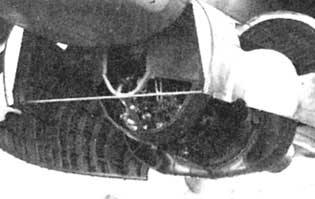 |
De Havilland
-
H-1 "Goblin"
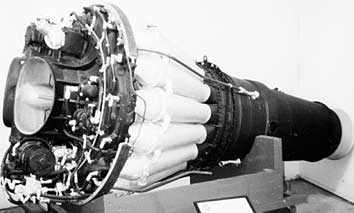
|
Designed by Frank Halford after a contract was given to de Havilland to design and make a new jet powered fighter in early 1941(DH 100). The work on the "H-1 Supercharger" which would become the "Goblin" engine started in April 1941. A centrifugal-flow design with 16 straight-through combustion chambers (instead of Whittle's reverse-flow design). The first engine was on the test bench by 13/4/1942, with over 200 hours ruining by September that year and producing around 2,300 lb of thrust. The H1 "Goblin" would power the first flight of the Gloster "Meteor" on the 5/3/1943, Britain's first twin engined jet powered aircraft. Used in the DH 100 "Vampire", Meteor Mk II and Lockheed XP 80. An uprated H-1 engine called "Goblin II" and making of 3,100 lb of thrust, fitted in the Vampire Mk-1 from the 41st aircraft onwards and the SAAB J 21-R. |
